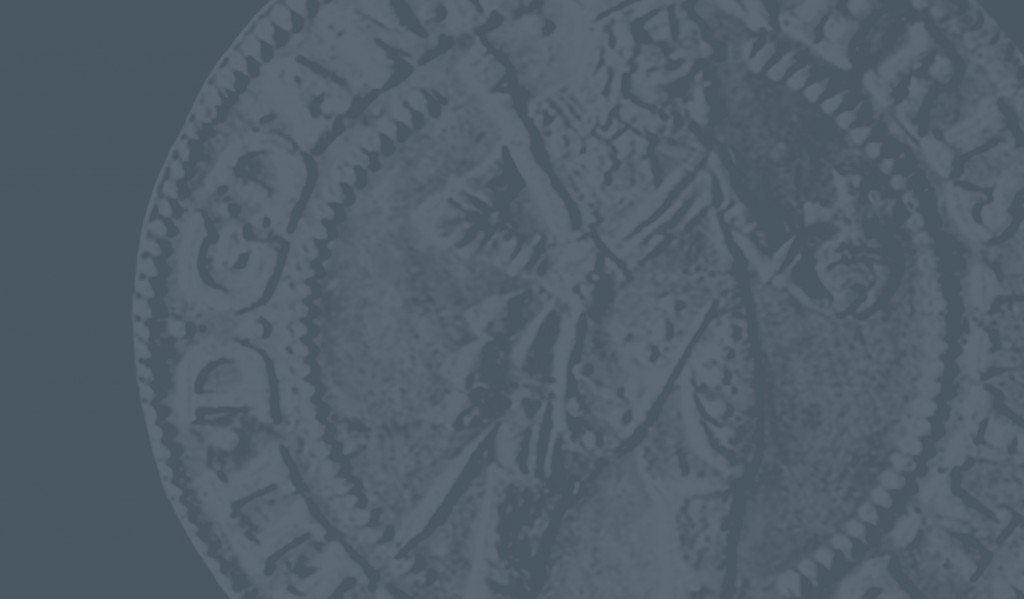
Kupuj i rezerwuj online
Bilety na wystawy czasowe oraz stałe, wydarzenia, wykłady i inne. Zakup online książek i gadżetów.
Spotkania
w Muzeum
Spacery, spotkania kuratorskie, literackie, wykłady i więcej
The year 1953 brought with it another important event for the Museum’s headquarters – an entry in the register of monuments. In the updated version of the development plan, it was decided to allocate the ground floor for the exhibition of archaeological excavations, Bydgoszcz and military memorabilia and an exhibition of works by an artist born in Bydgoszcz – Maksymilian Antoni Piotrowski. On the first floor, there was a gallery of Polish painting of the 19th and 20th centuries and an exhibition of works by Leon Wyczółkowski. Until the 1960s, significant renovation works were carried out. The building was re-plastered and the roof repaired. Inside, redundant doors were removed and passages adapted to the exhibition halls were knocked out, with some of the floors being replaced. The Museum also obtained a central heating system, and the redundant tiled stoves were dismantled at the same time. The electrical system was also modernized and new lighting was installed. An interesting idea that appeared in the second half of the 1950s was the concept of extending the facility. The constant growth of the collections and the Museum’s popularity were among the main reasons for these bold plans. A large, two-storey block was planned to be added to the old building. For the extension of the complex at Al. 1 Maja 4, however, the Bydgoszcz Museum had to wait until the 21st century.
A tragic fire that broke out at the Granaries on the Brda on Grodzka Street, on the night of February 5/6, 1960, completely destroyed two of the five historic buildings (those located furthest from Staromiejski Bridge on the Brda River) from the turn of the 18th and 19th centuries. At that moment, it was realized that it was necessary to ensure proper protection of the remaining three granaries, saved from the fire. Public consultations and a debate at the highest level of the city authorities began. Finally, it was decided that two of them (numbers 9 and 11) would be handed over to the Leon Wyczółkowski Museum. The third was to serve a different function for some time. As in the case of the building at Al. 1 Maja, thorough modernization and adaptation of the buildings was needed. The works carried out until the autumn of 1964 included: the construction of a staircase, the replacement of ceilings and roofs, and the creation of electrical, water-sewage and central heating systems from scratch. The new space became the workplace of the Archaeology and History departments, and later also of the Numismatics Department. Initially, seven exhibition rooms were separated, some of which were later turned into storage rooms, due to changing exhibition trends, moving away from displaying most of the inventory in favour of regularly organized temporary exhibitions.
On June 11, 1955, the director of the Bydgoszcz Pharmacy Company approached the Museum with a proposal to organize an exhibition of pharmacy vessels. After preliminary talks, it was agreed that all items of historical value should be collected, such as antique cans, dishes, mortars, instruments and 19th-century books from pharmacies located throughout the Bydgoszcz Region. Several dozen exhibits were delivered to the Museum. Today, they are an integral part of the permanent exhibition at the „Under the Swan” Pharmacy at 5 Gdańska Street. At the same time, „Gazeta Pomorska” donated one of Jacek Malczewski’s paintings to the collections of the Bydgoszcz institution, entitled „Awakening”, found in Żnin. Interestingly, the Poviat National Council in Żnin intervened in the matter of returning the work, explaining that the painting was intended to be donated to the Museum in Toruń, and the employees of the Cultural Centre in Żnin, not having the appropriate guidelines, handed it over to Bydgoszcz by mistake. Making the situation even more complex, the office in Żnin, two days after the painting was delivered to Bydgoszcz, received a letter from the Ministry of Culture and Art with the instruction to hand it over to the National Museum in Poznań. Fortunately, however, it has remained in the collections of the Bydgoszcz Museum.
In the first half of the 1950s, the first four substantive departments were formed: Polish Art, Leon Wyczółkowski, Archaeology and History. The most individual exhibitions at that time were devoted to the works of the Museum’s patron, Leon Wyczółkowski. These were exhibitions presented not only in Bydgoszcz, but also in museums and exhibition halls throughout the country. The first exhibition devoted entirely to numismatics was organized only in 1961 and was part of the long-term celebrations of the Polish state’s millennium. Polish coins from the Museum’s collection were presented there. After creating a separate, specialist office, and then a separate department, the organization of thematic exhibitions on a larger scale began. From the beginning of the 1960s, the emergence of more diverse exhibition themes can be noticed.